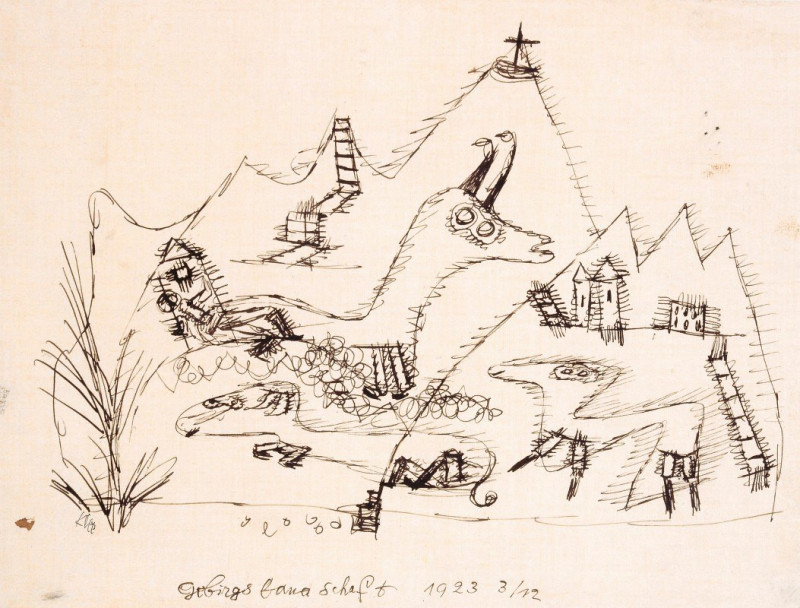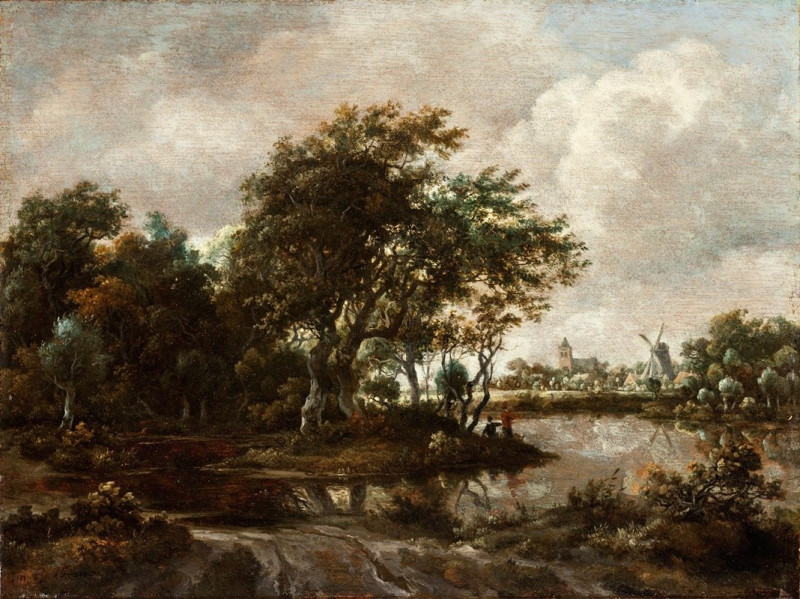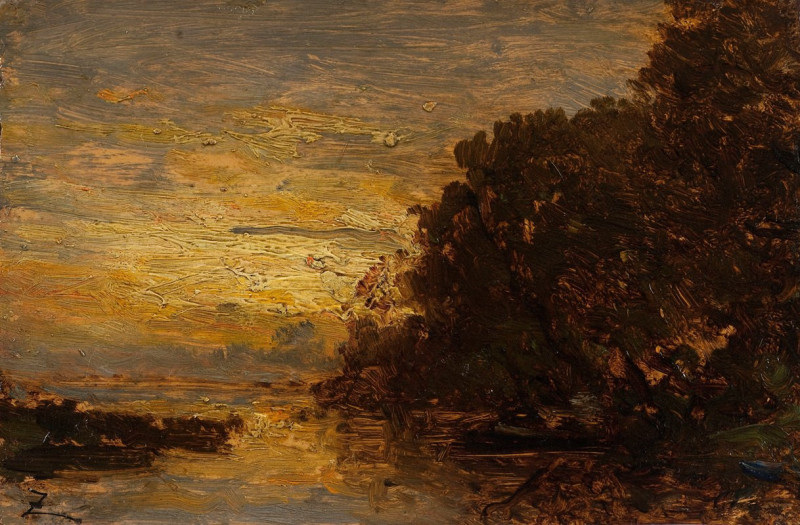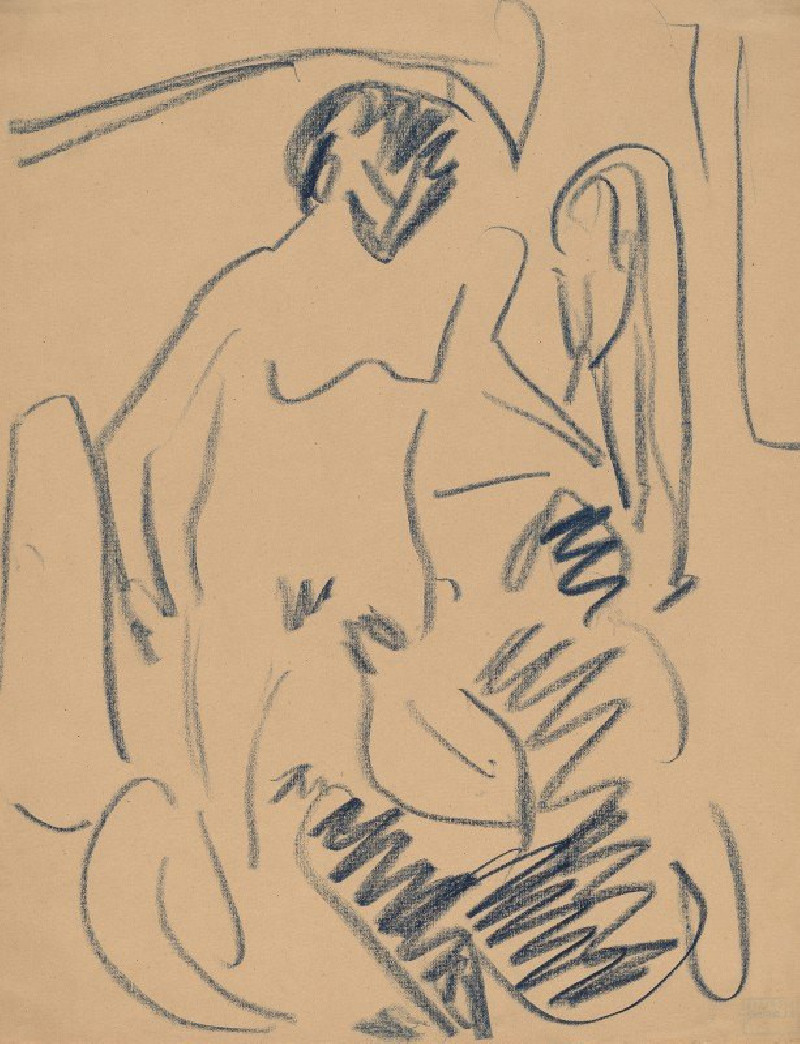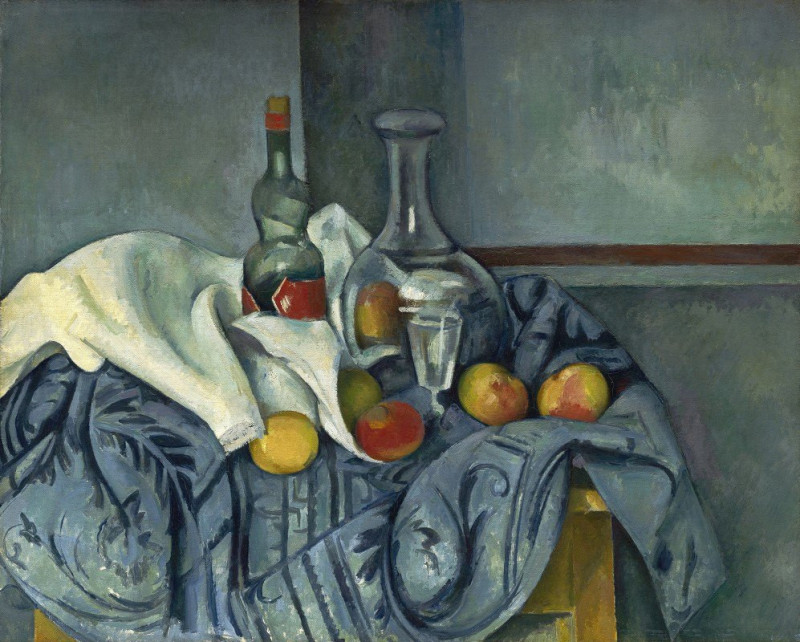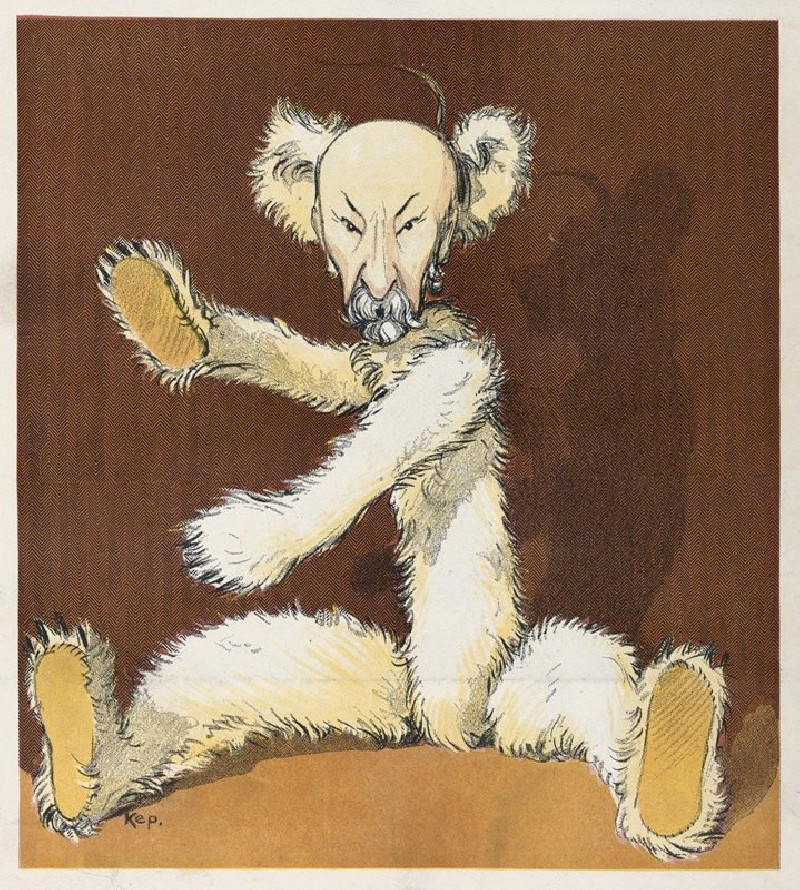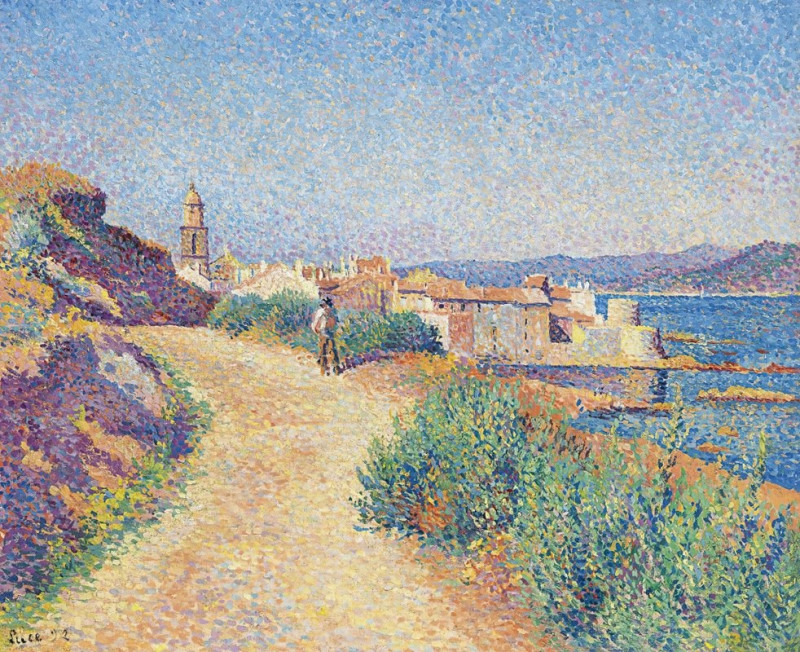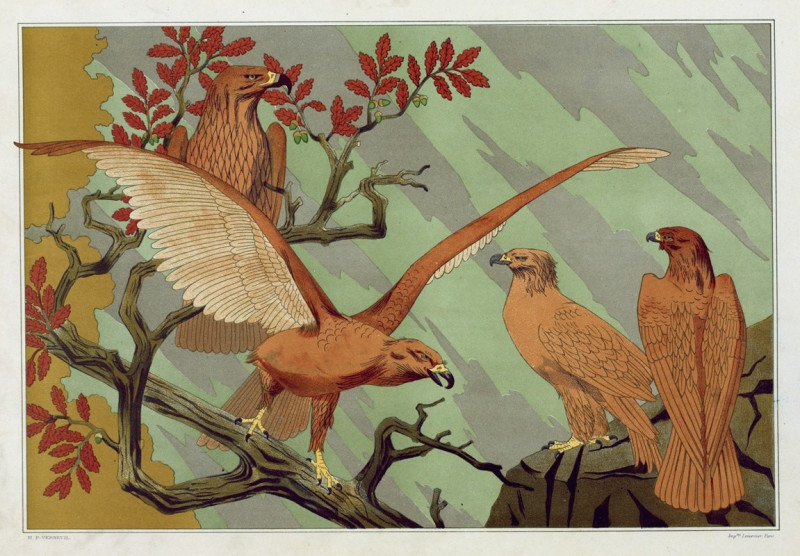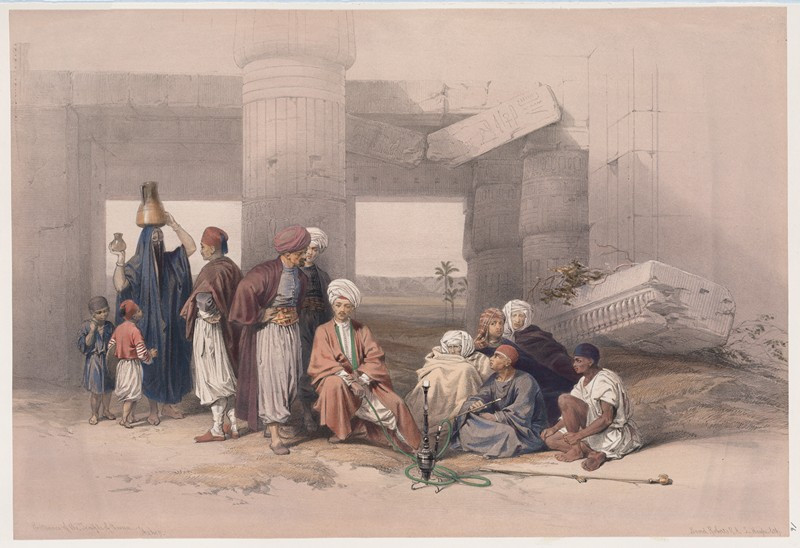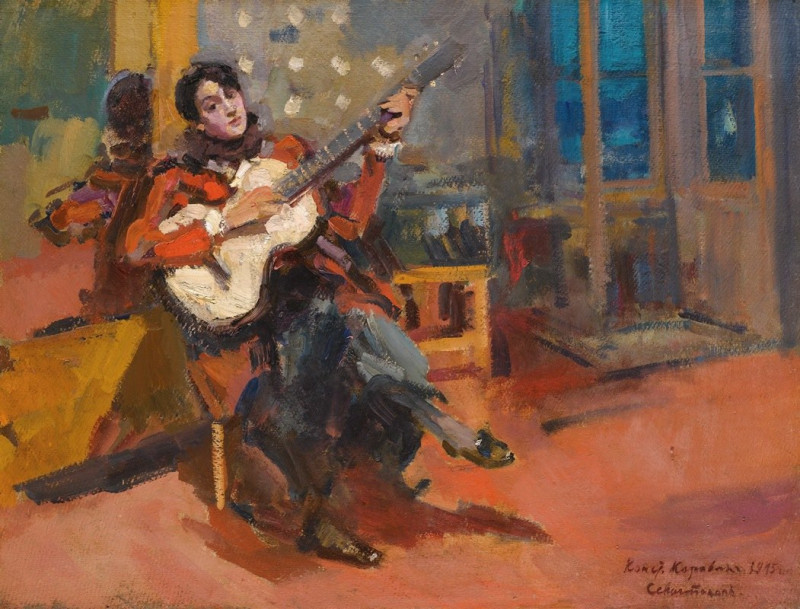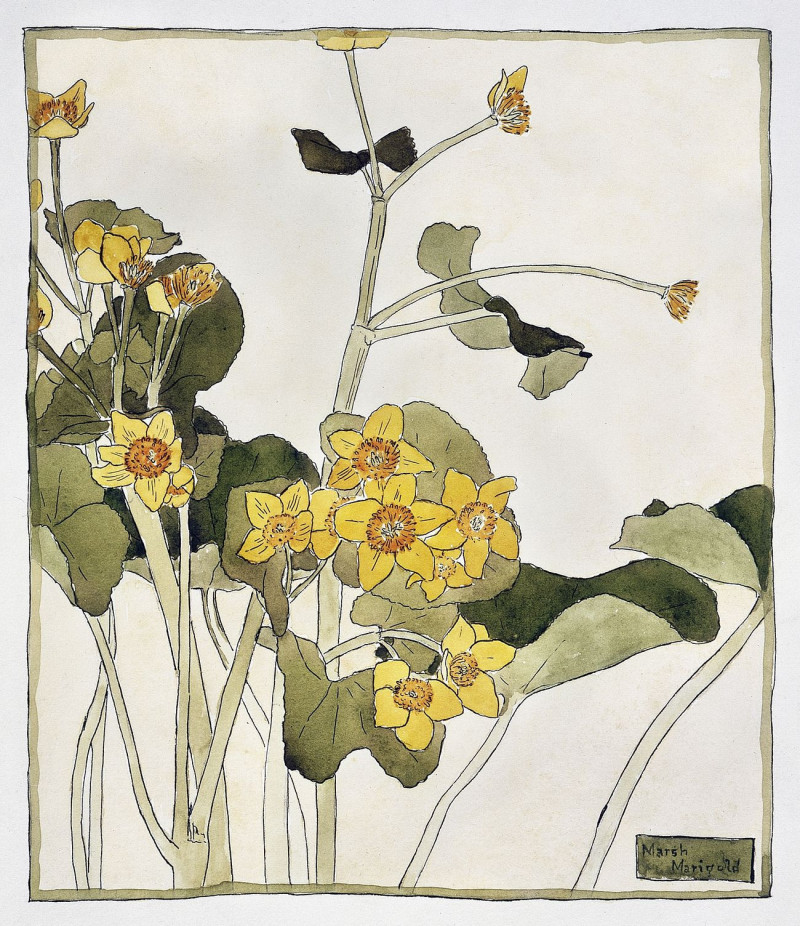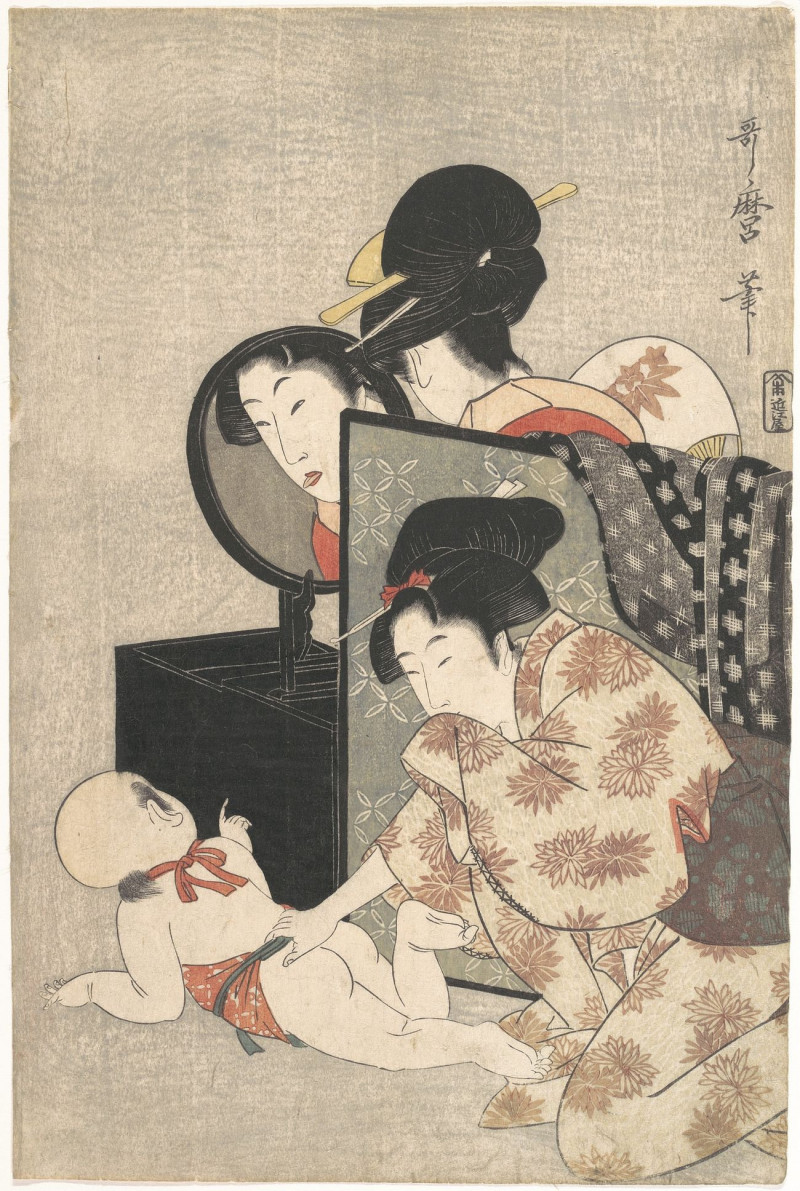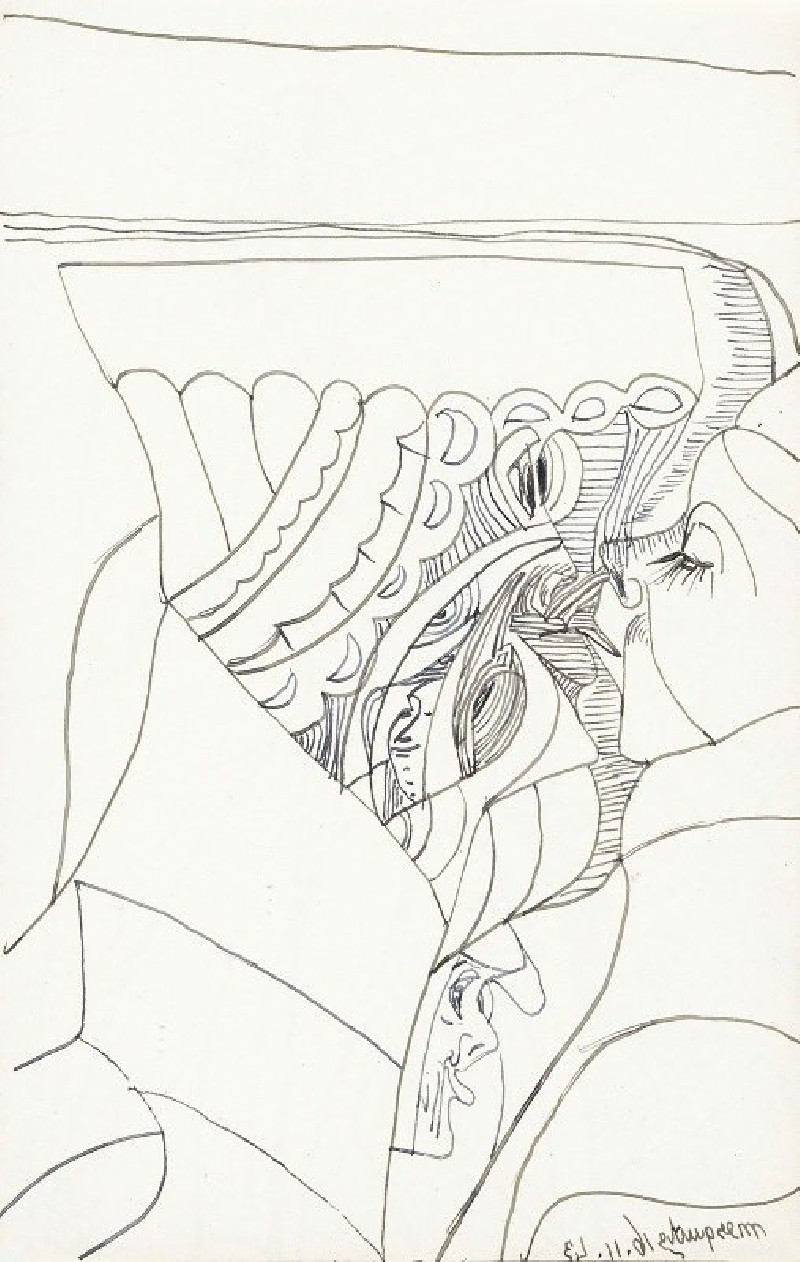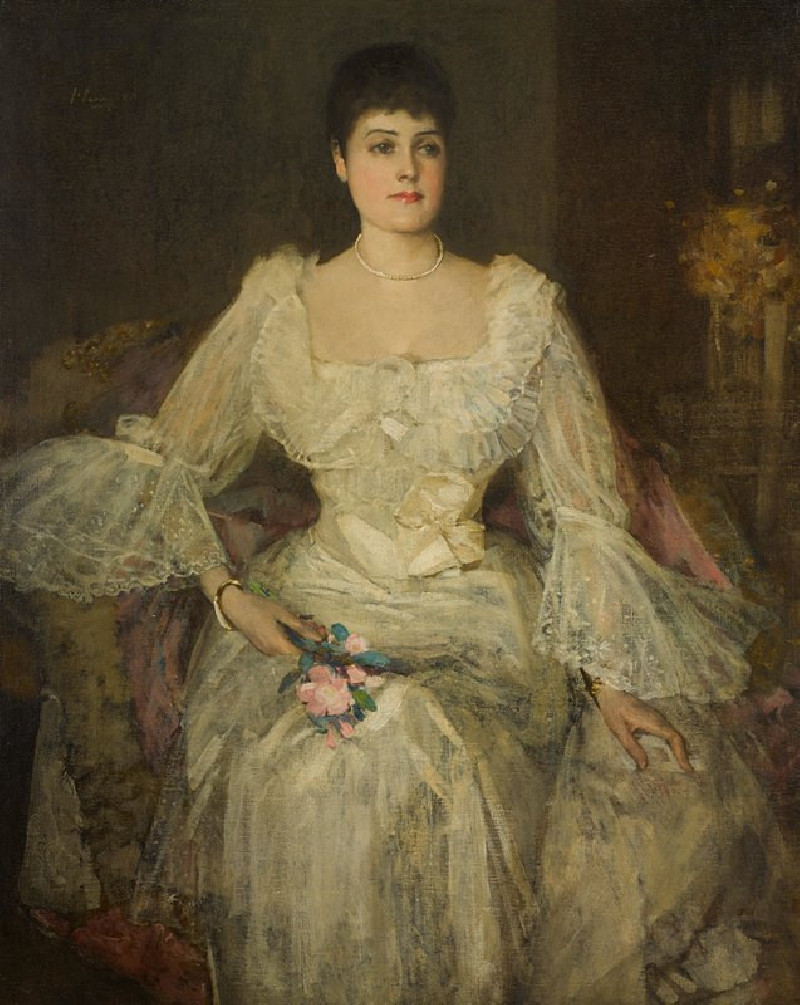Mountain Landscape (1923)
Technique: Giclée quality print
Recommended by our customers
More about this artwork
Paul Klee's "Mountain Landscape" is a captivating example of the artist's unique abstract style, created in 1923. On first glance, this artwork might appear whimsical and child-like, but it holds a deep fascination upon closer inspection, revealing Klee's complex and symbolic language of marks and lines.The composition features a series of jagged mountain peaks, around and upon which various fantastical elements unfold. The playfulness of the scene is evident in Klee's depiction of abstract shapes and figures, which intermingle with recognizable forms such as trees and buildings. At the central peak, we notice a peculiar creature with eyes wide open, giving the landscape an almost animate quality. This creature, like a guardian of the mountain, adds a mythical sense to the artwork.Beneath these peaks, the landscape is dotted with structures that resemble quaint, rustic buildings, perhaps suggesting a human presence or a village nestled in the mountains. To the left, there appears to be tall grass or reeds, emphasizing the wildness and natural setting of the scene."Mountain Landscape" showcases Klee's mastery in using minimalistic lines to convey emotion and narrative. His art transcends traditional forms, inviting viewers to lose themselves in their interpretation of his abstract visual language. This piece not only reflects Klee’s innovative techniques but also his interest in the subconscious influence on perception and art.This intriguing painting is a testament to Klee's philosophy that art does not reproduce the visible; rather, it makes visible.
Delivery
Returns
Paul Klee was a Swiss-born German artist. His highly individual style was influenced by movements in art that included expressionism, cubism, and surrealism. Klee was a natural draftsman who experimented with and eventually deeply explored color theory, writing about it extensively; his lectures Writings on Form and Design Theory (Schriften zur Form und Gestaltungslehre), published in English as the Paul Klee Notebooks, are held to be as important for modern art as Leonardo da Vinci's A Treatise on Painting for the Renaissance.

